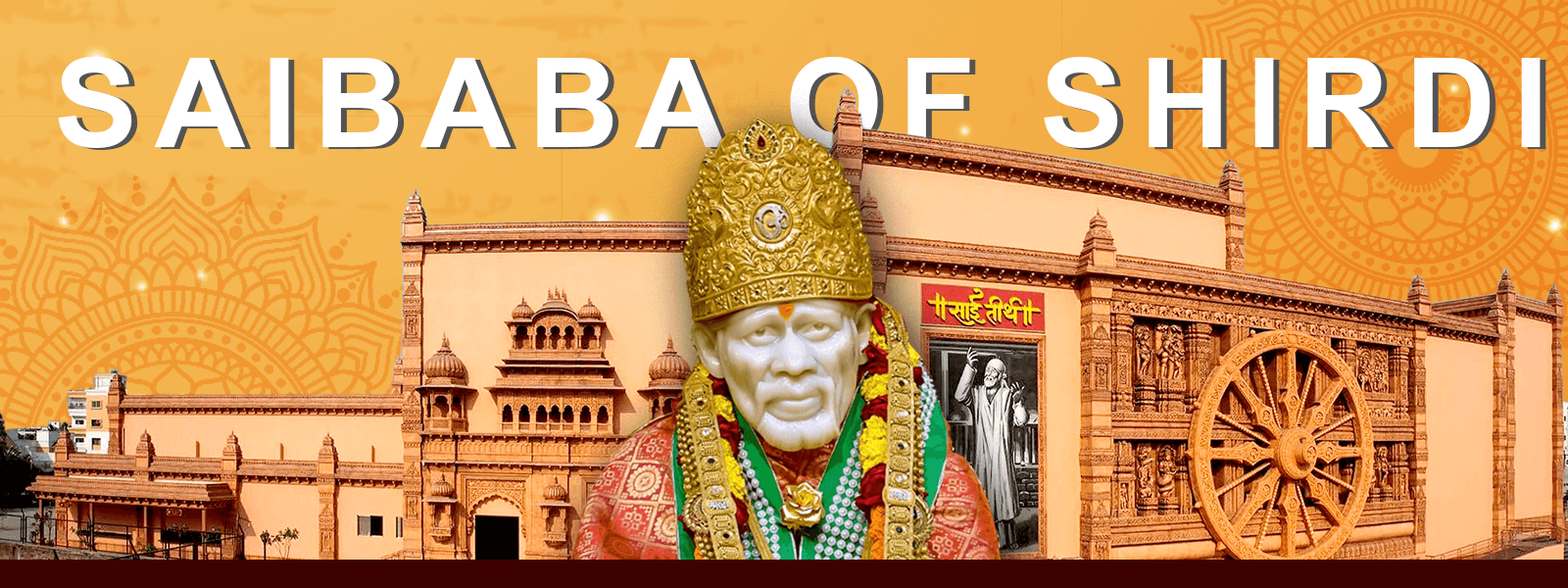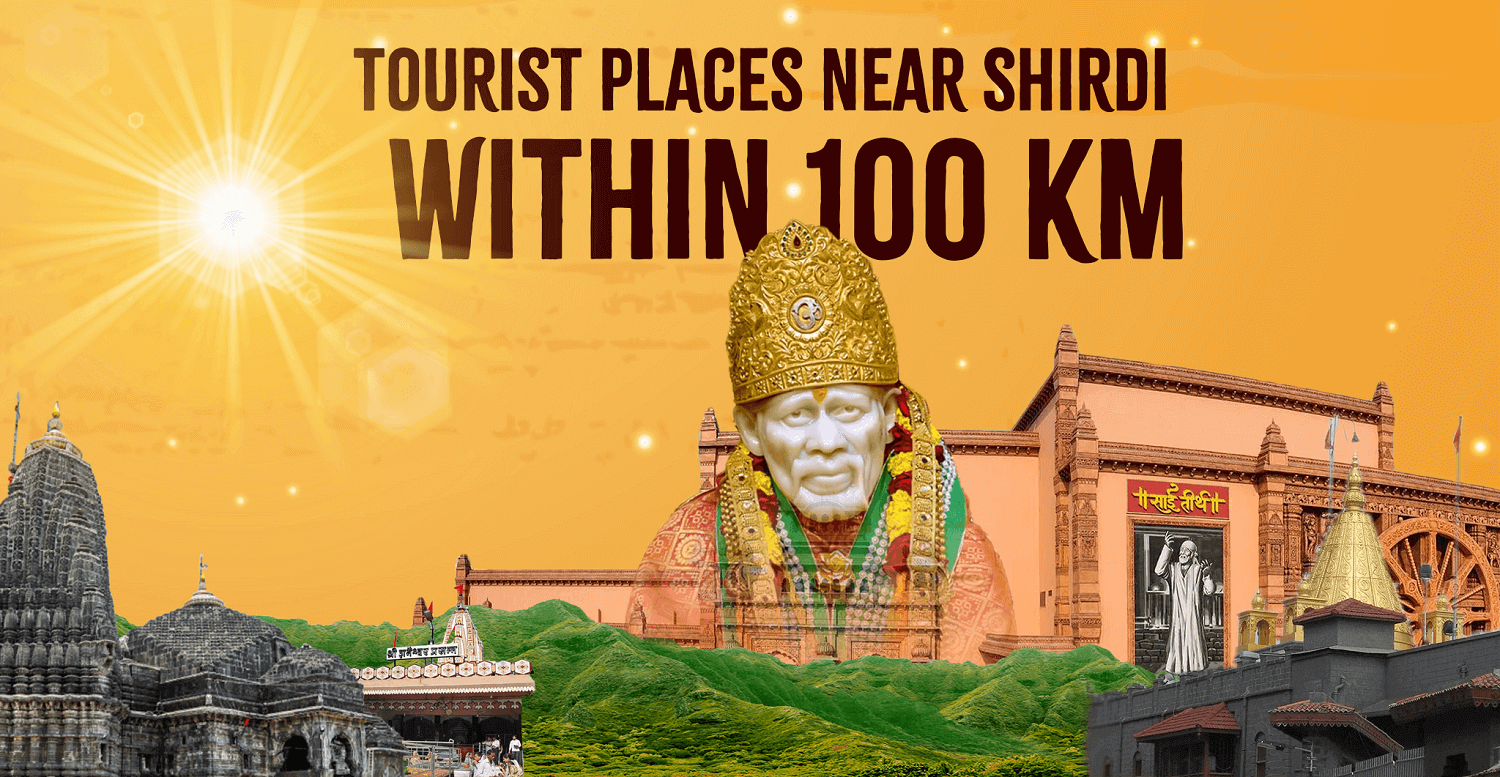Where it all began:
Even though Sai Baba is globally known for Sai Miracles, his place and date of birth are unknown. Arriving at the village of Shirdi when he was about sixteen years old, he led a simple life, sitting motionless under a neem tree and meditating while sitting in an asana. His early life and background are surrounded in mystery just like the mysteries of the stories of Sai Baba along with his real name. The name Sai was given to him by the temple priest Mhalsapati when he returned to Shirdi in 1858. Baba is an honorific signifying grandfather, father, old man or sir.
Sai Baba lived under a neem tree for four to five years and then took up residence in an old and dilapidated mosque. Maintained a sacred fire (Dhuni), and gave sacred ash (Udi) from the fire to guests on their departure. It is also believed that he has tended a garden called Lendi Baug. Sai Baba’s teachings and philosophy continue to inspire millions of people around the world. His message of love, compassion and selfless service has been embraced by people of all religions and backgrounds. Sai Baba was known for his simple lifestyle, his love of humanity and his miraculous powers.
Sai Baba was greatly revered by many saints and spiritual leaders, including Sri Beedkar Maharaj and Vasudevananda Saraswati. He is considered an avatar of the ‘Supreme Reality’ and a saint in Hinduism. Prominent Zoroastrians such as Nanabhoy Palkhivala, Farhaad Panthaky and Homi Bhabha also revered Sai Baba.
Significance:
Sai Baba’s first devotee was a local Khandoba priest, Mhalsapati Nagre. Today, Shirdi has become a place of importance in India and is counted among the major pilgrimages. The Sai Baba Temple in Shirdi is visited by an average of 25,000 pilgrims a day and is managed by the Shri Sai Baba Sansthan Trust. Four aartis are held daily inside the Samadhi Mandir and the Palanquin procession of Sai Baba takes place every Thursday. Sai Baba of Shirdi is especially revered and worshiped in the states of Maharashtra, Odisha, Andhra Pradesh, Telangana, Karnataka, Tamil Nadu and Gujarat.
It is said that Sai Baba had told his devotees that he would soon be ‘leaving his mortal body’. Towards the end of September, he had high fever and stopped eating. Sai Baba died in 1918, but his legacy continues to inspire people around the world. He is considered a saint by Hindus, Muslims and people of all faiths.
Sai Baba’s teachings were based on the principles of love, compassion and service to others. He taught that all religions are paths to the same God and he emphasized the importance of living a simple and virtuous life.
Here are some of the key points about Sai Baba’s life and teachings:
-
- His early life is shrouded in mystery.
-
- He was brought up by a Fakir.
-
- He arrived at the village of Shirdi in 1858.
-
- He took up residence in an old and dilapidated mosque.
-
- He was known for his simple lifestyle, his love of humanity and his miraculous powers.
-
- His teachings were based on the principles of love, compassion and service to others.
-
- He died in 1918, but his legacy continues to inspire people around the world.











